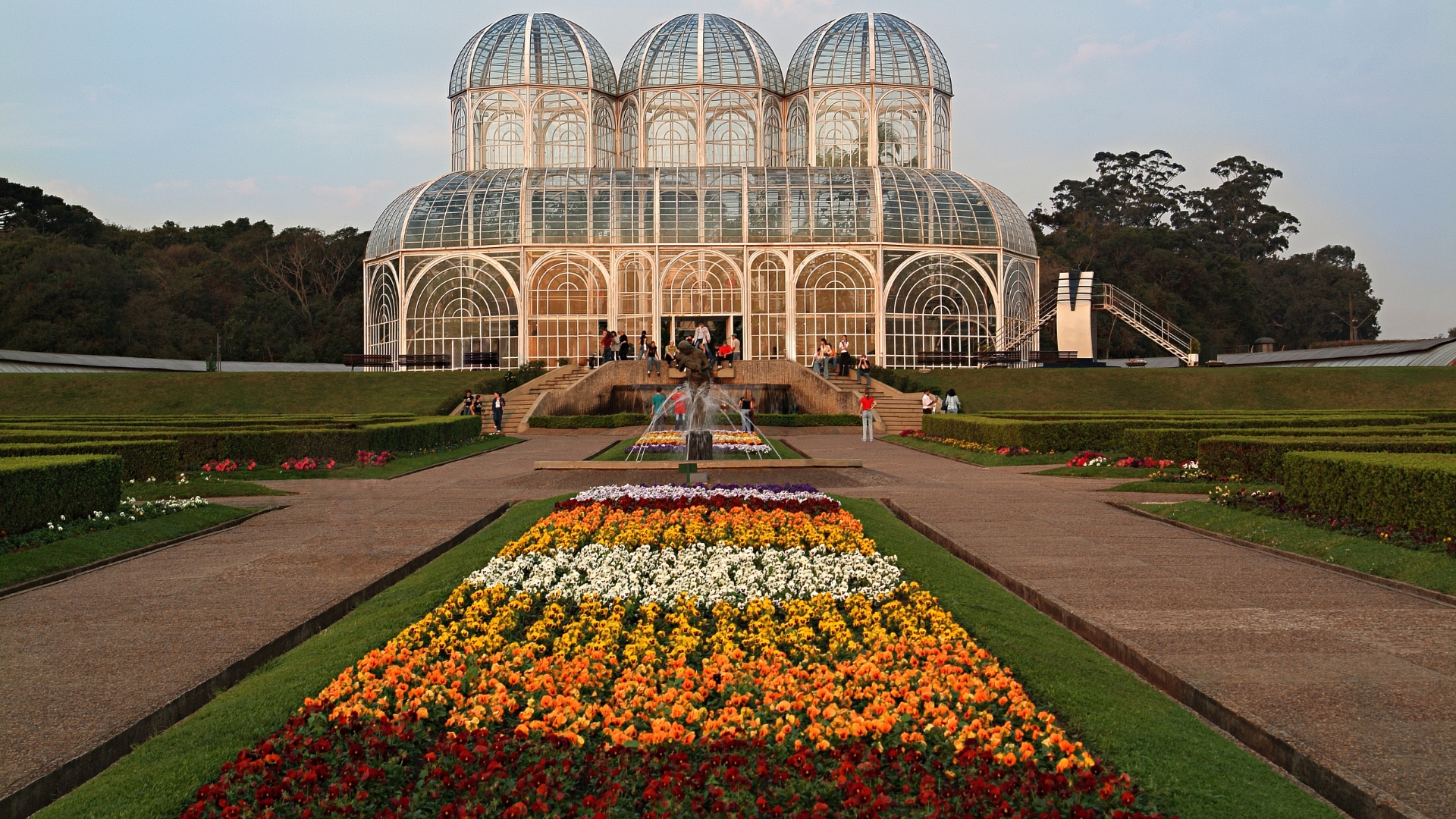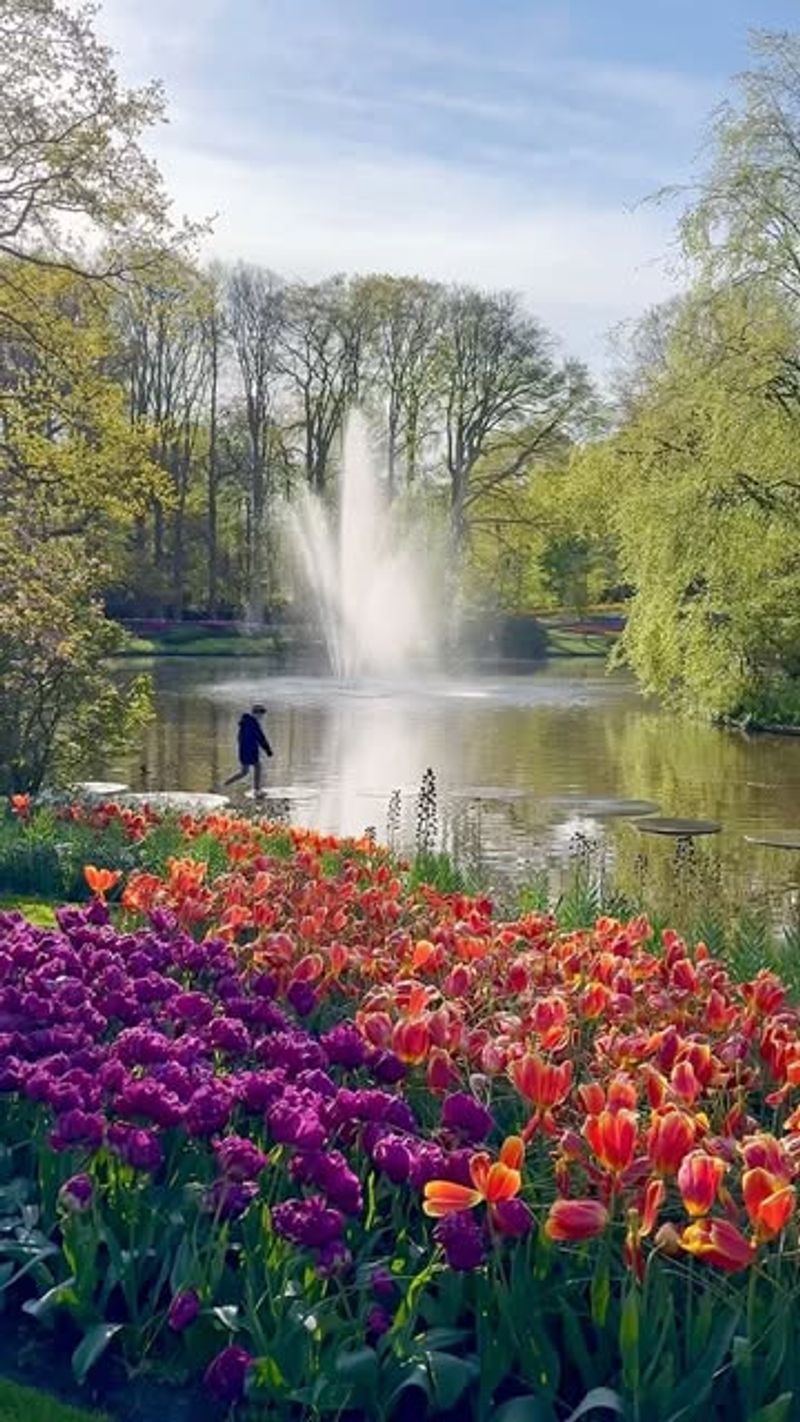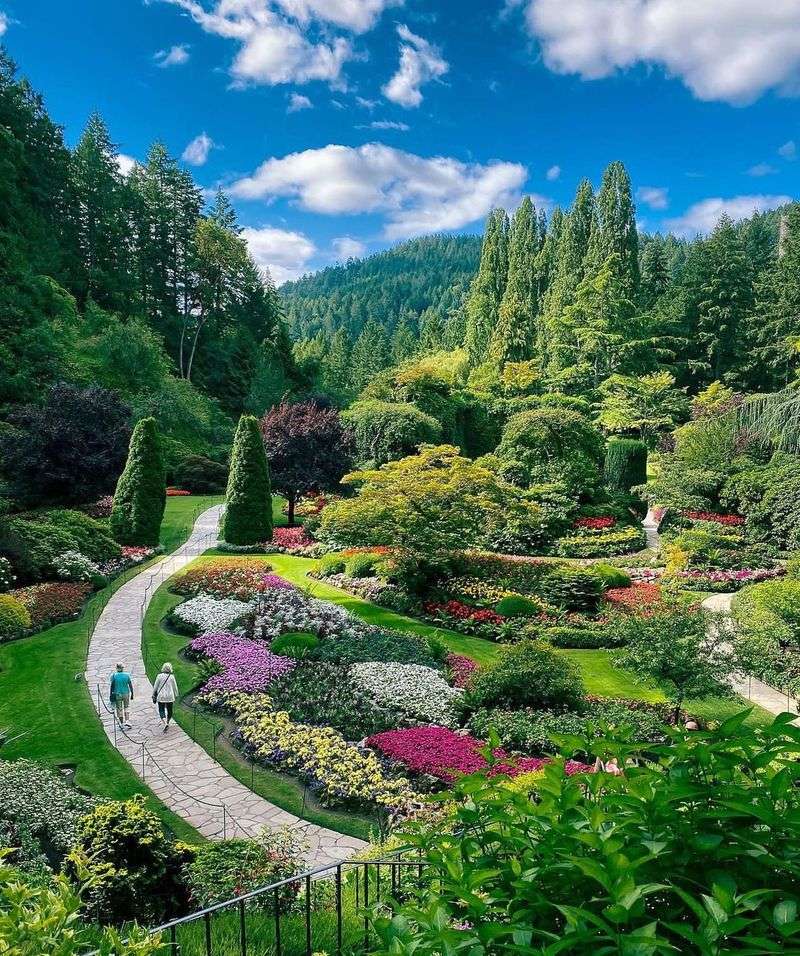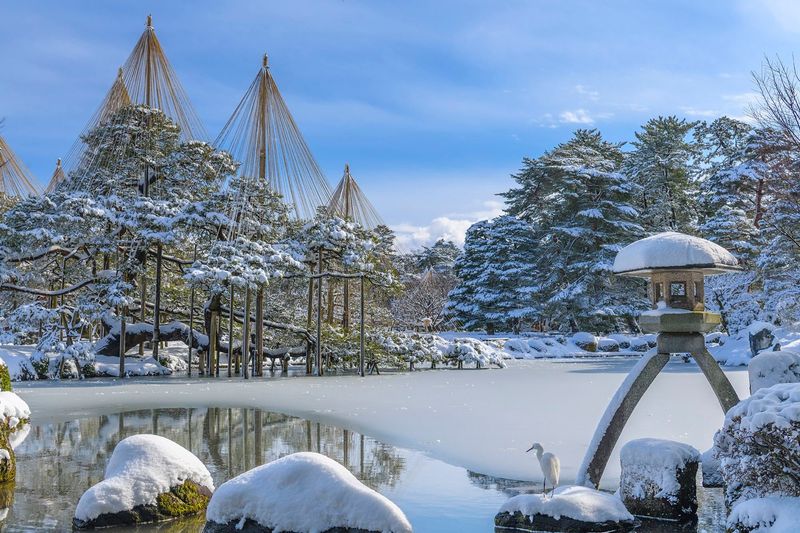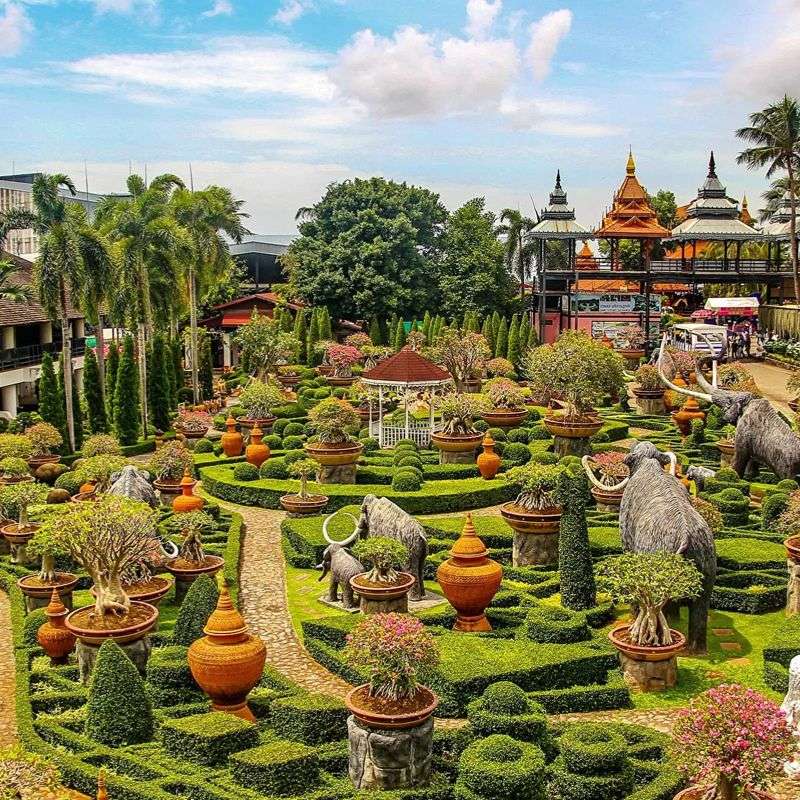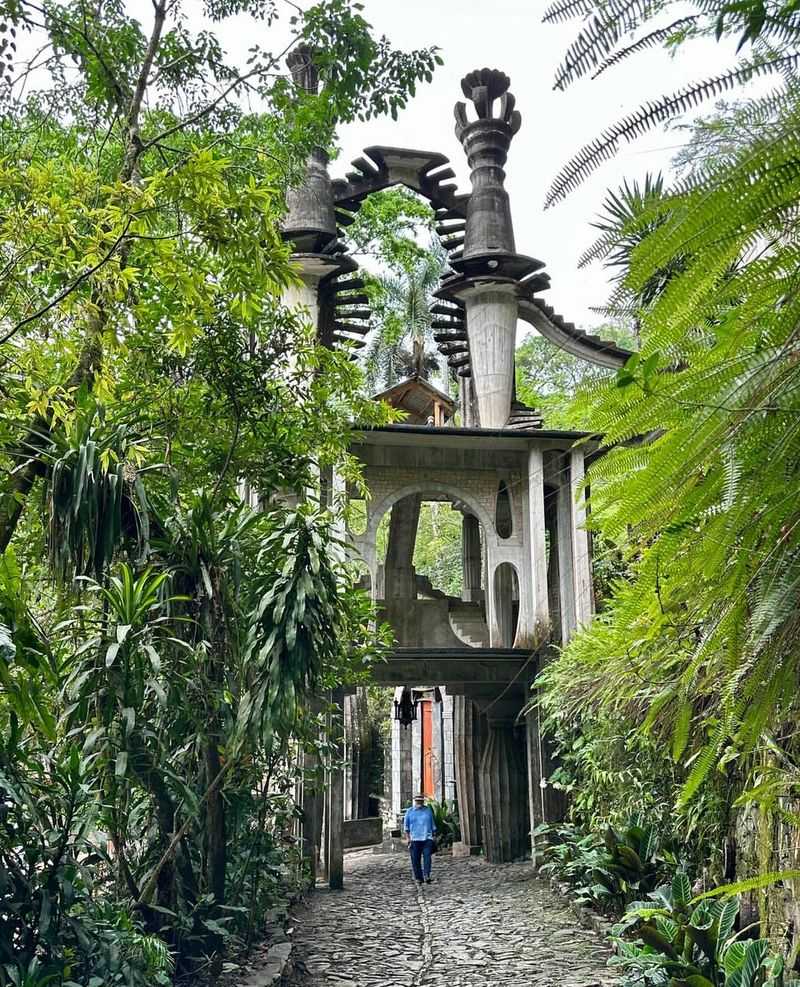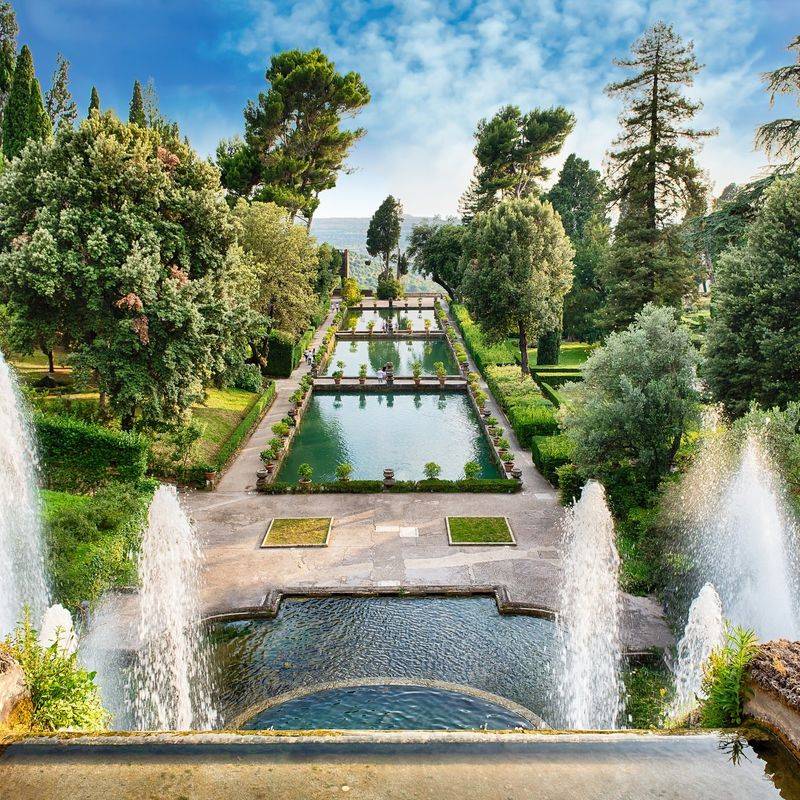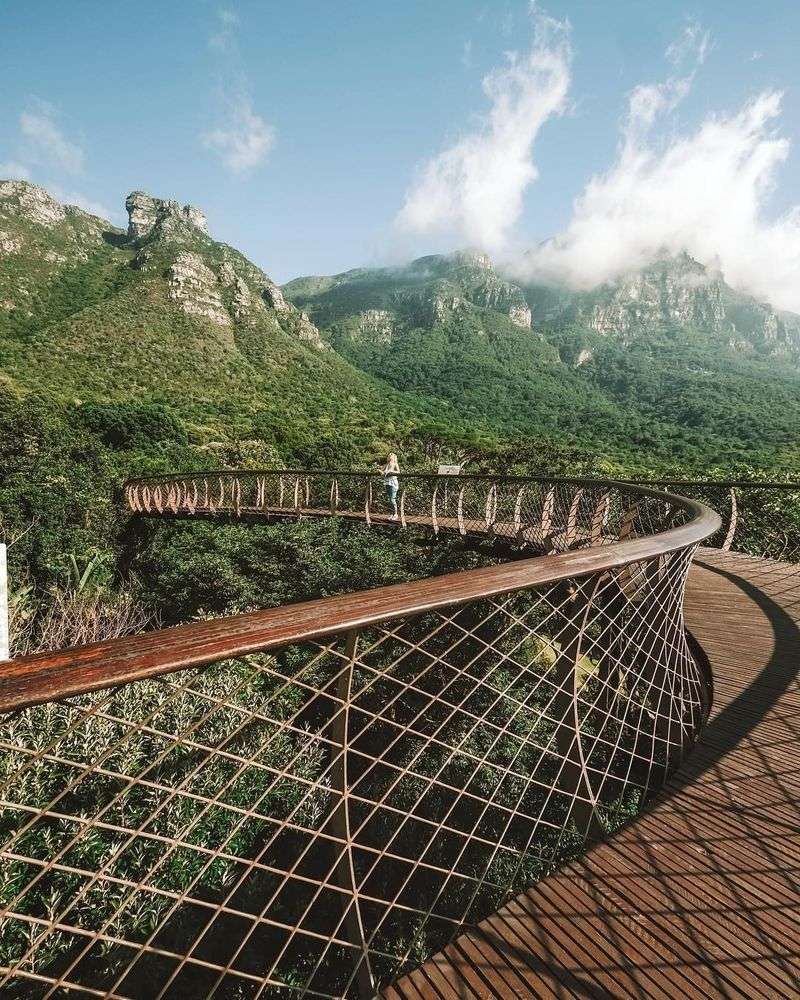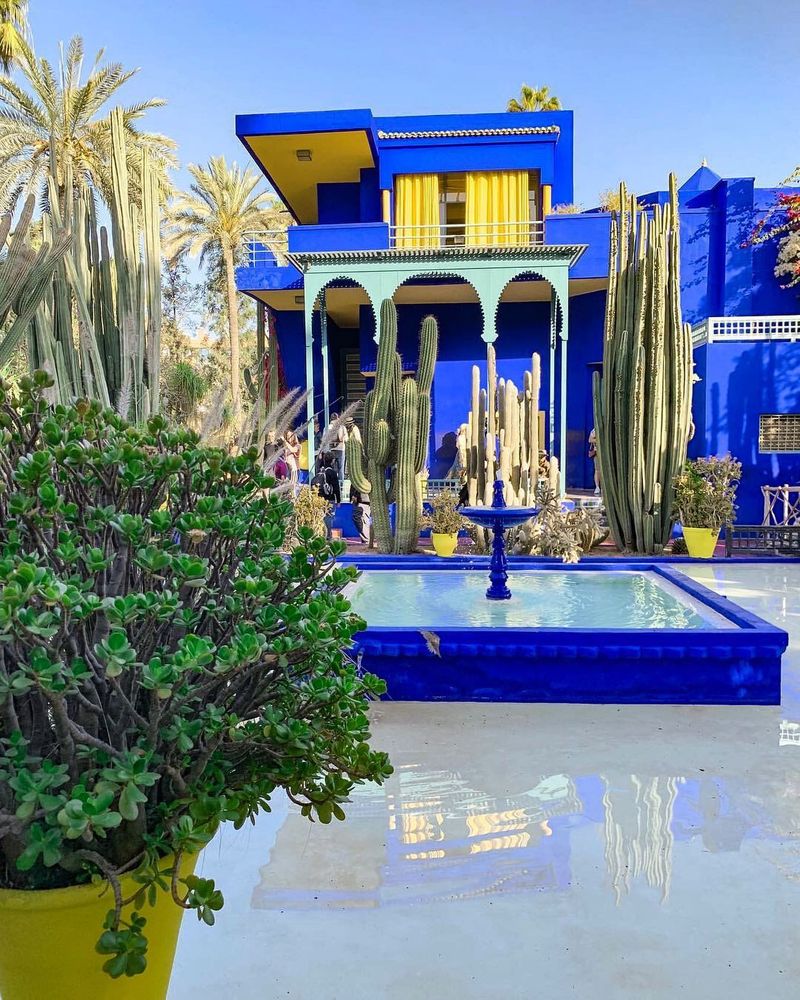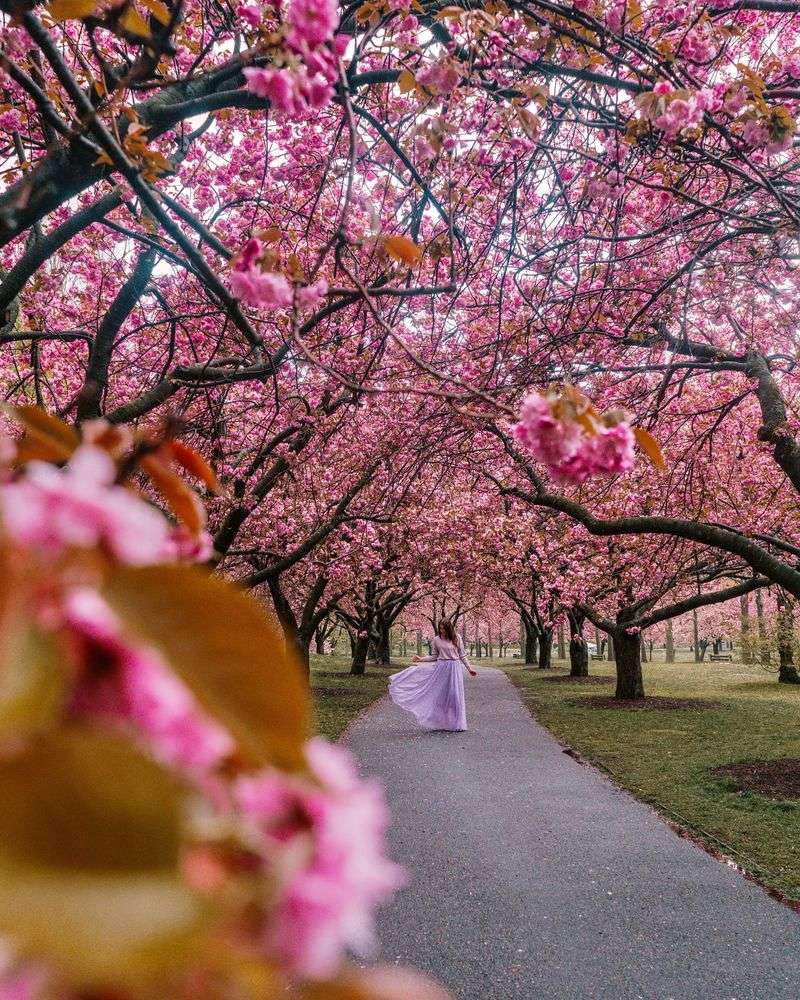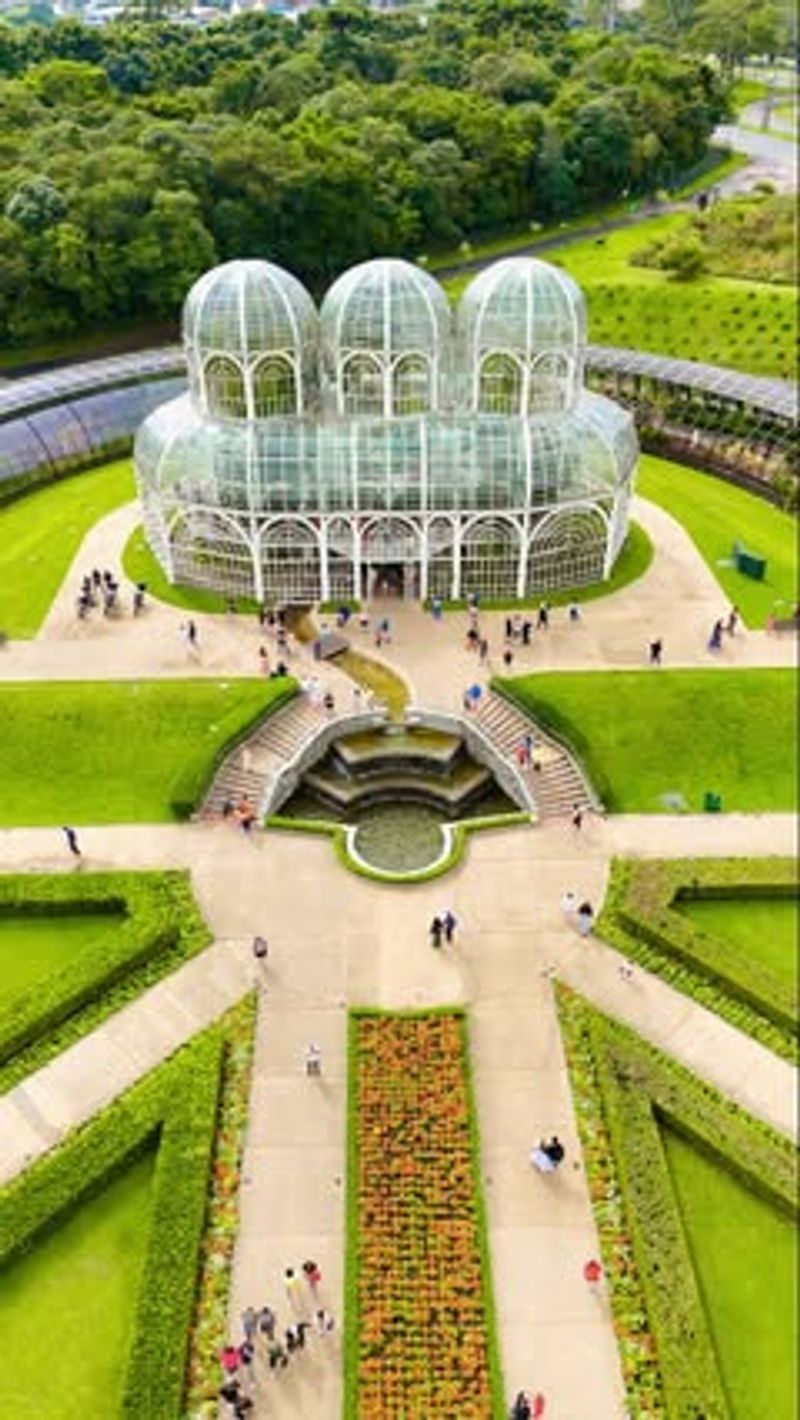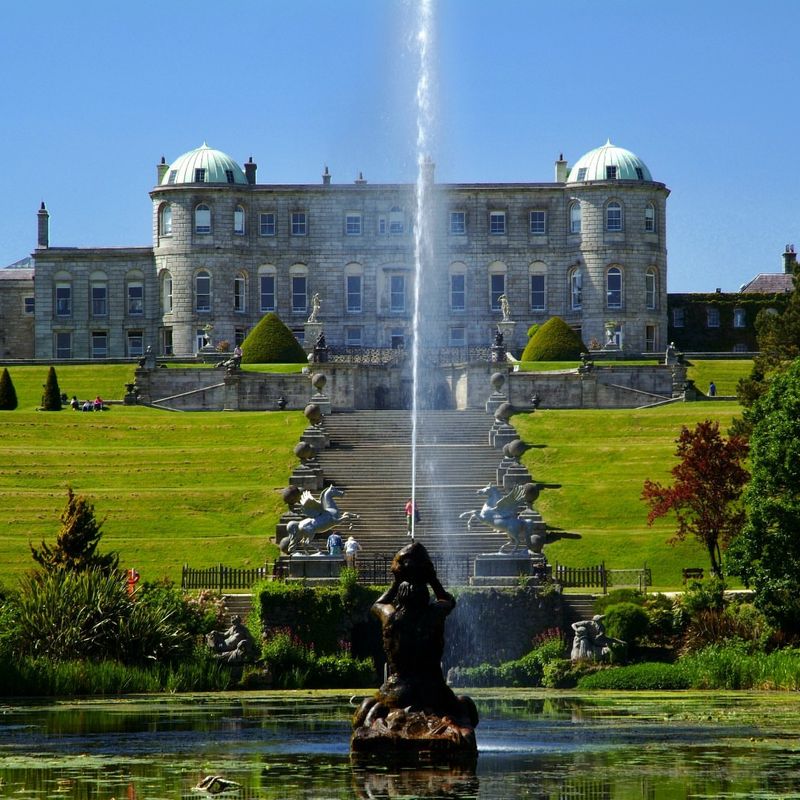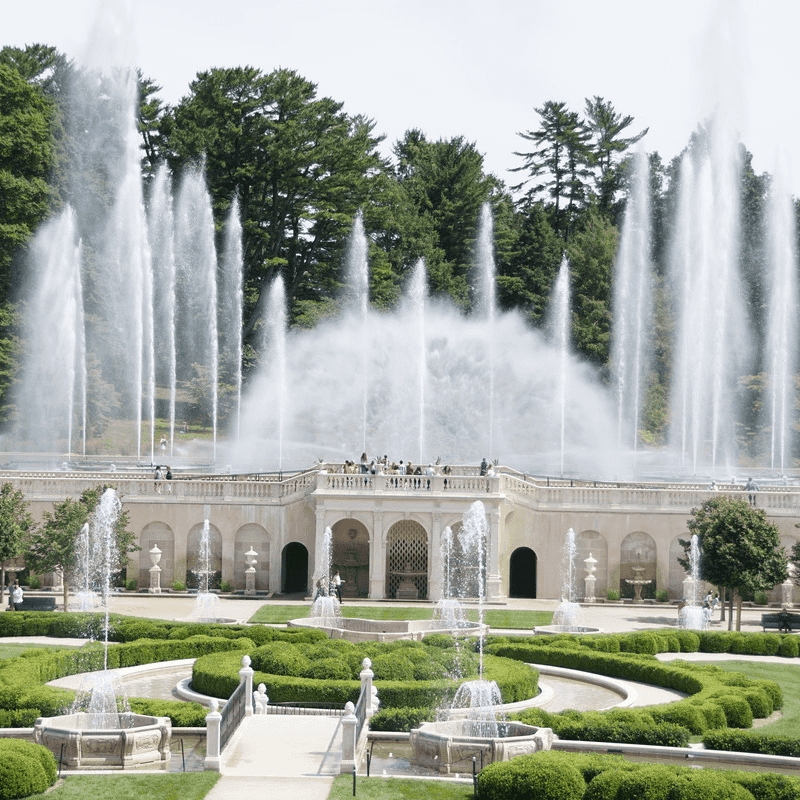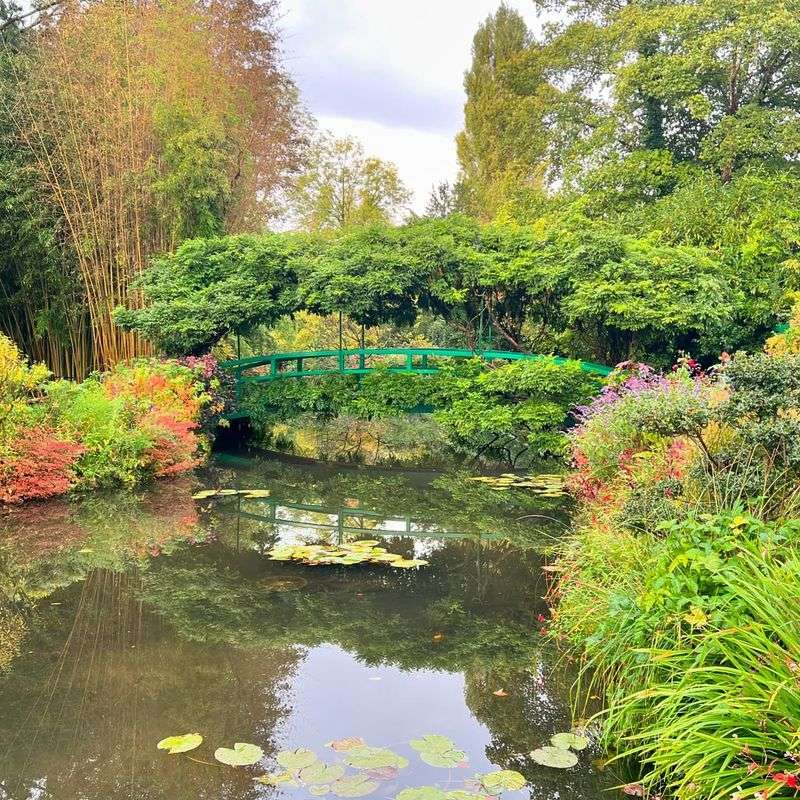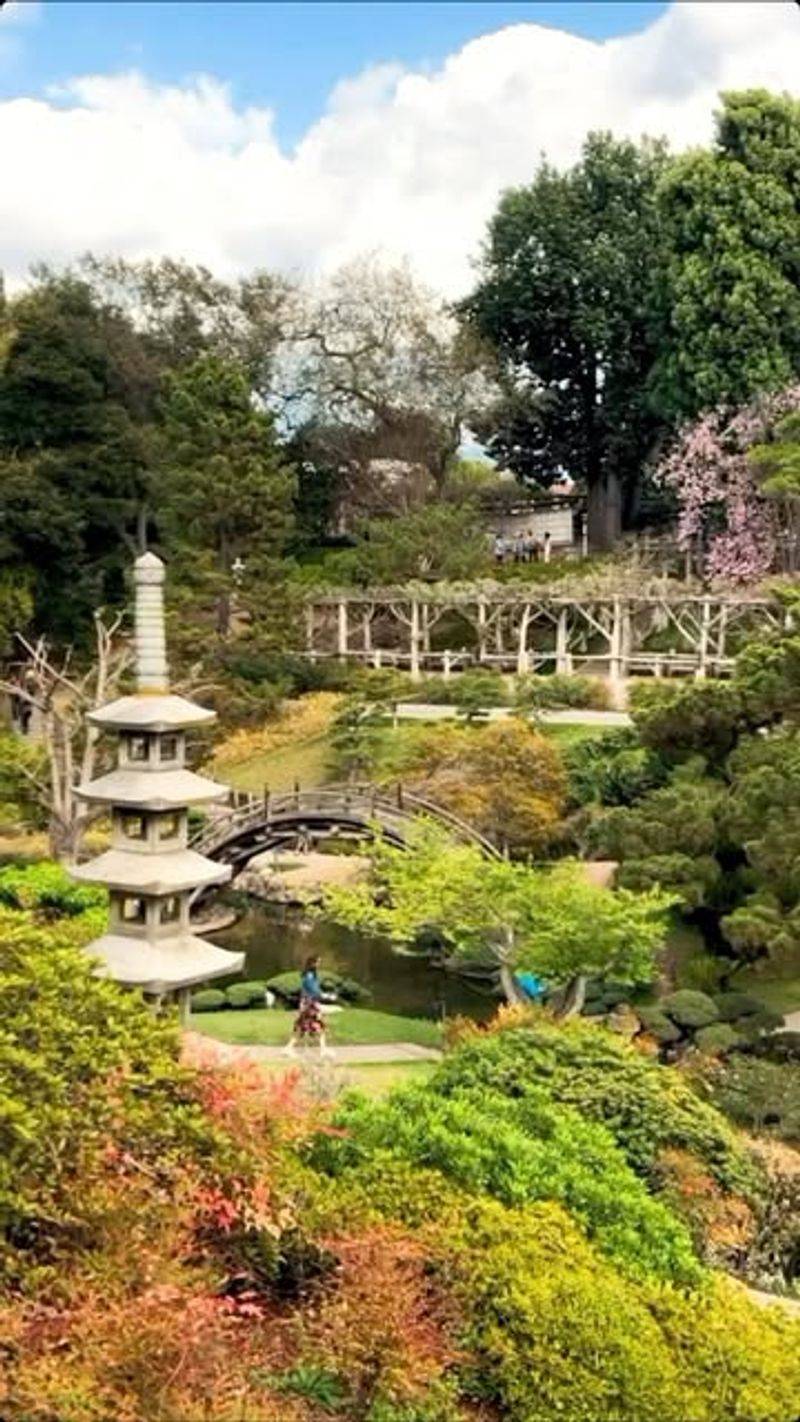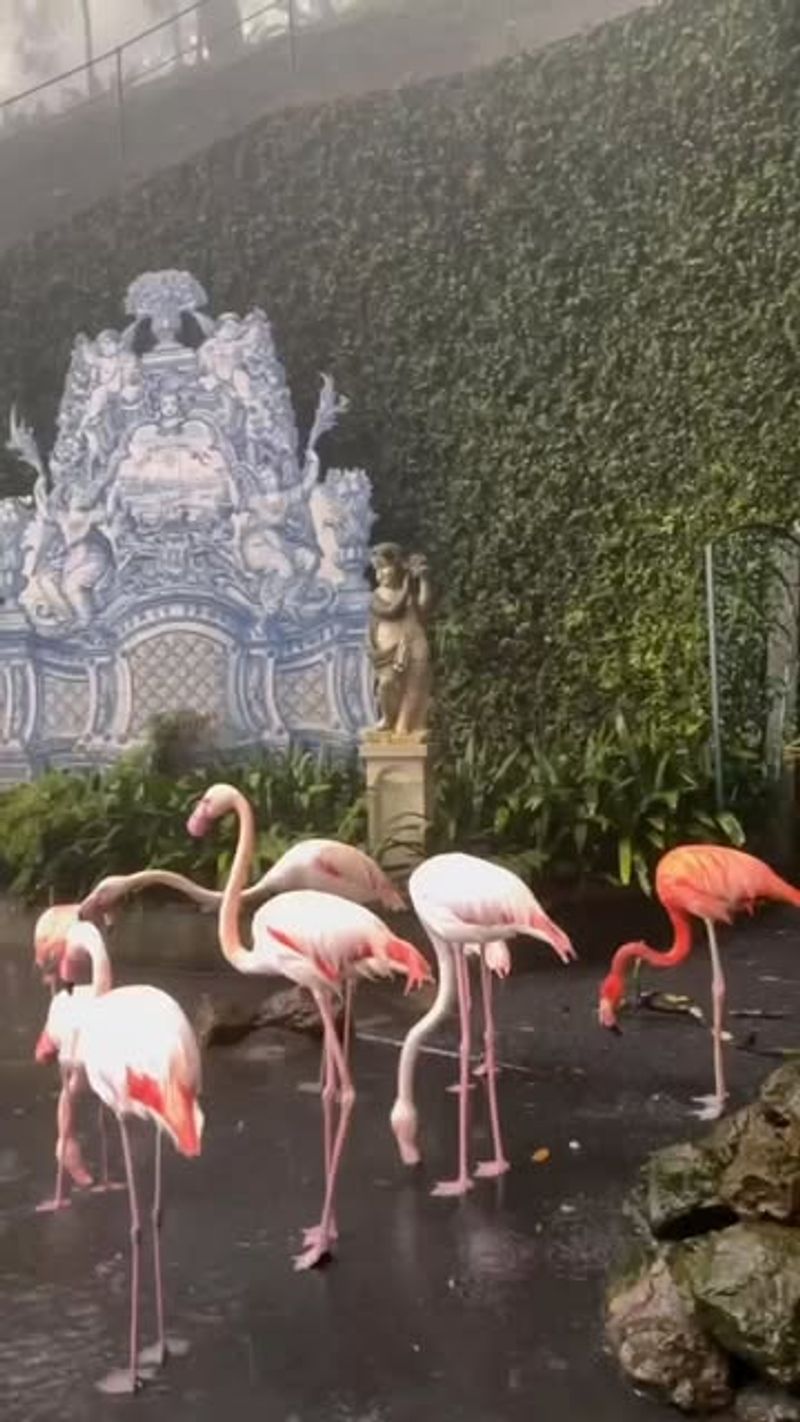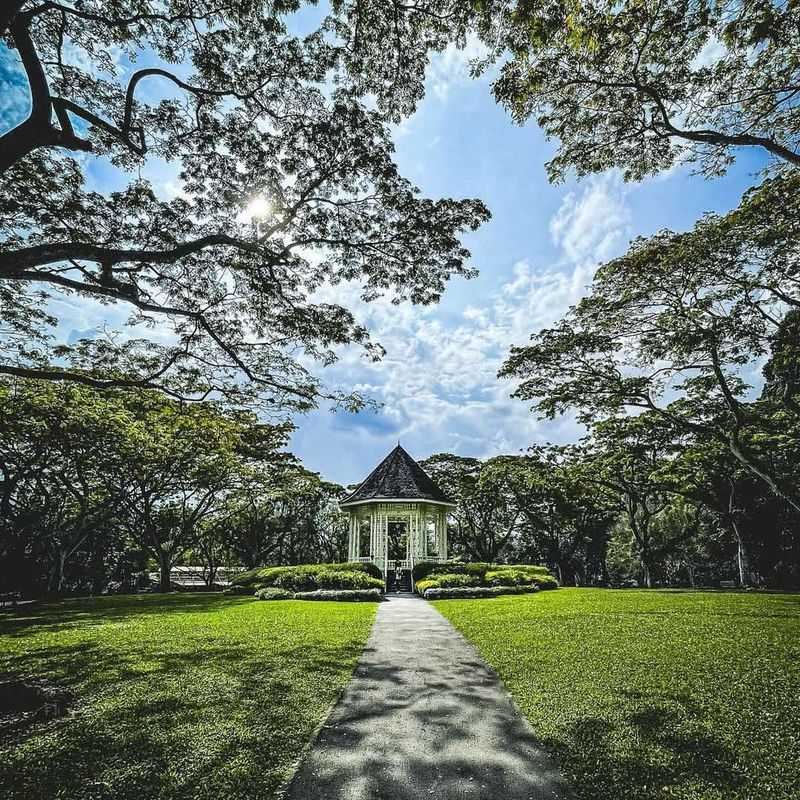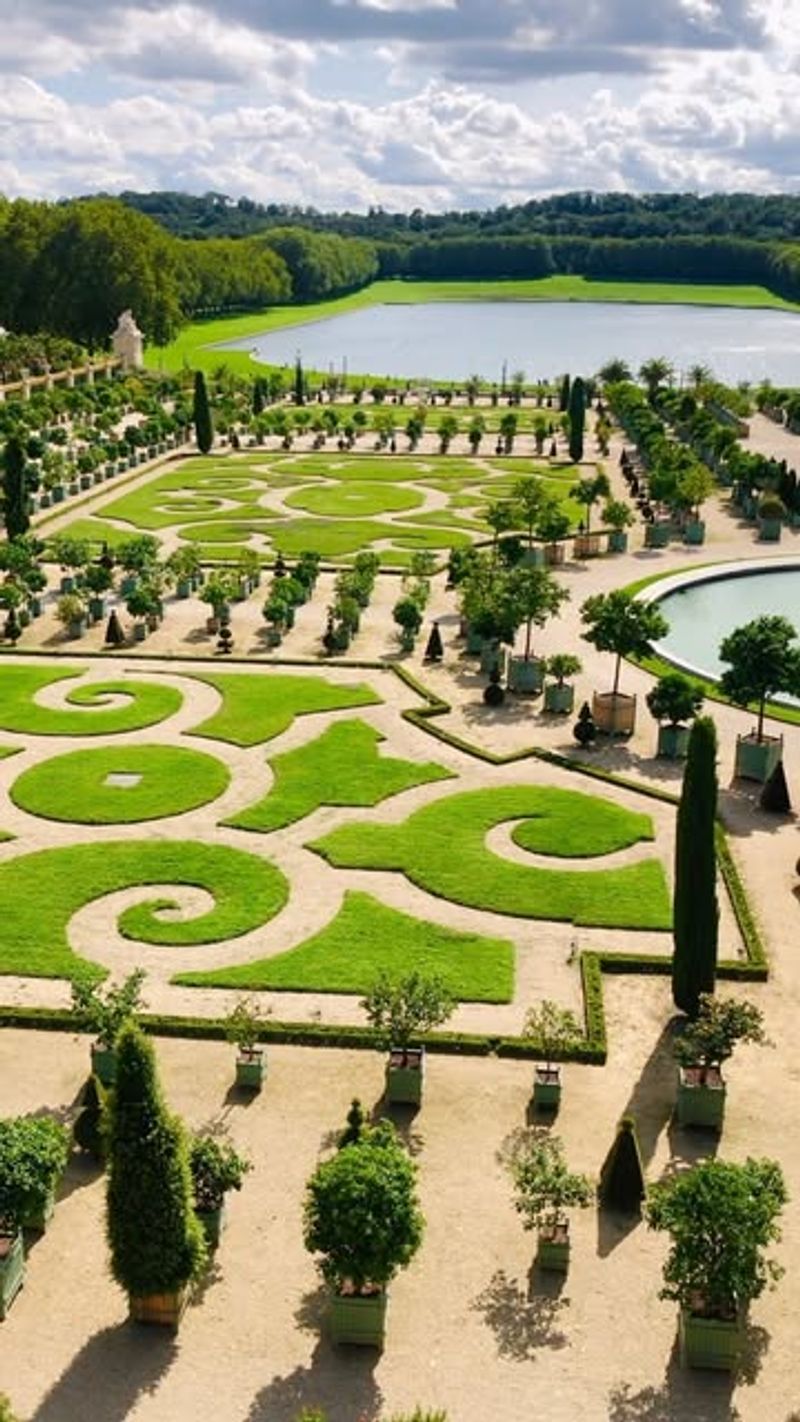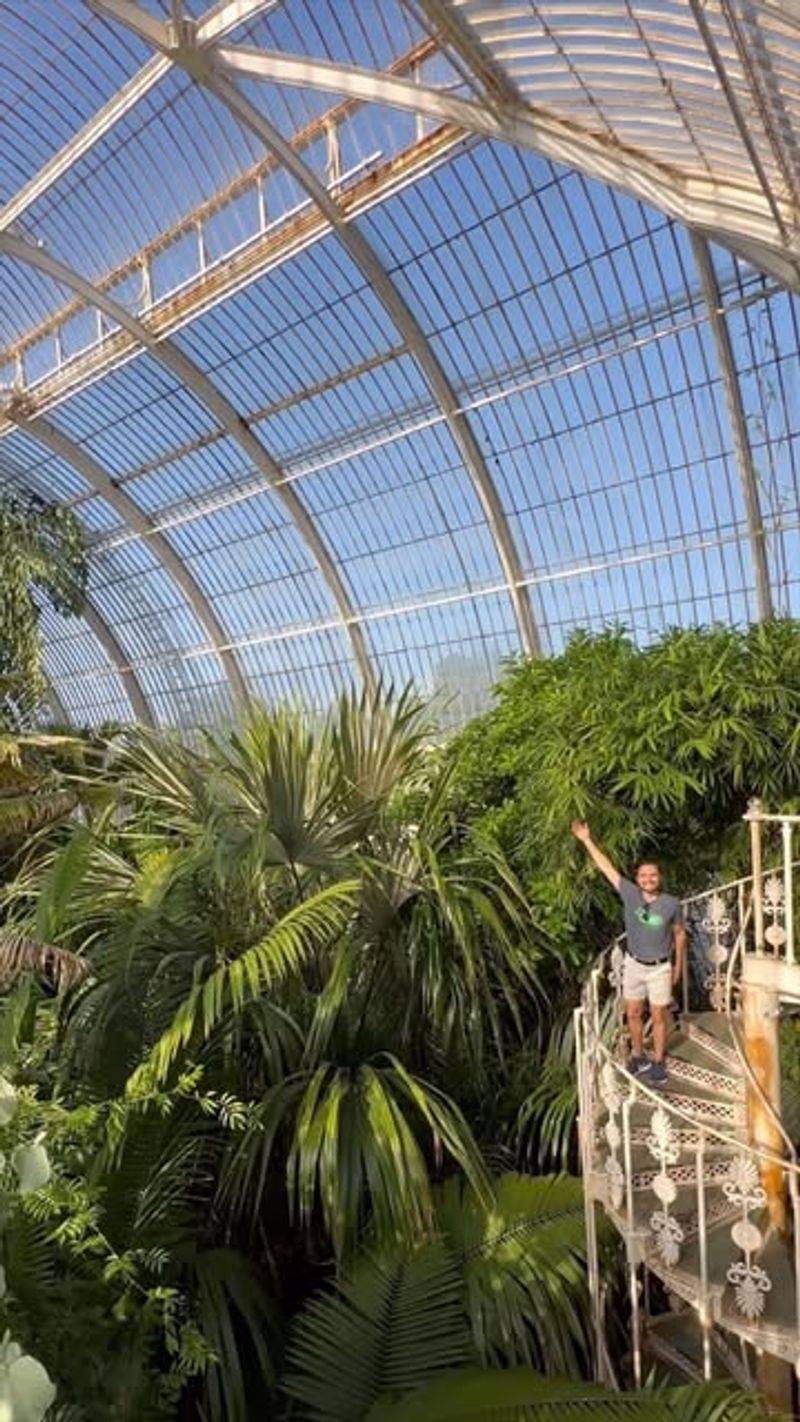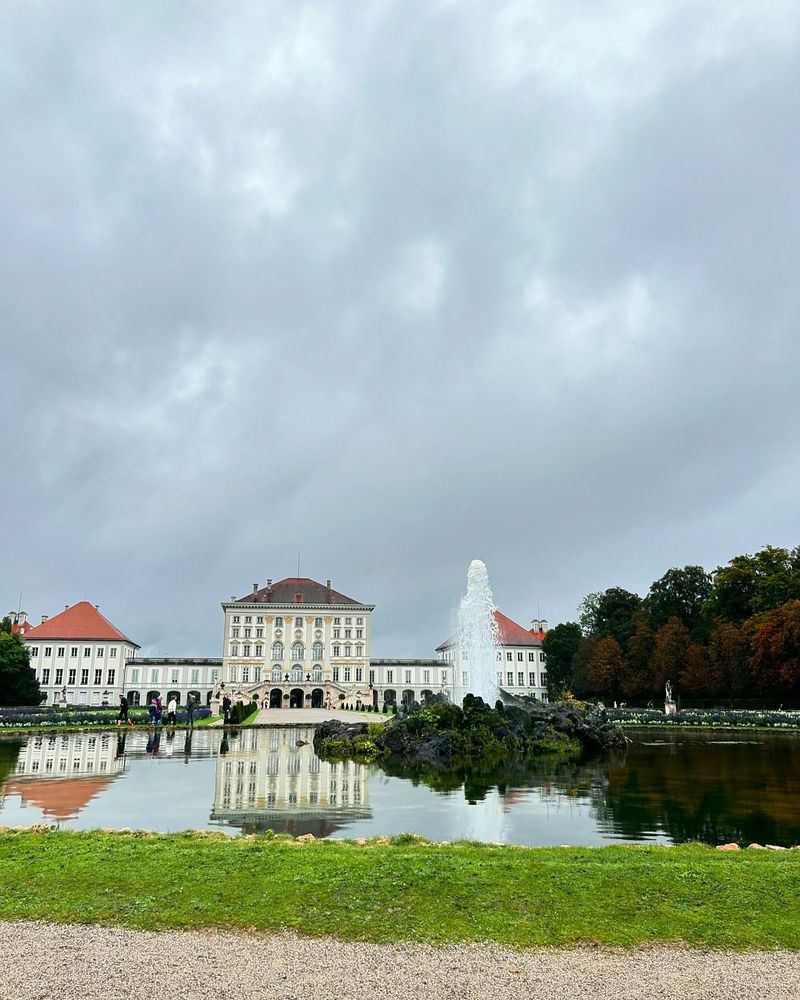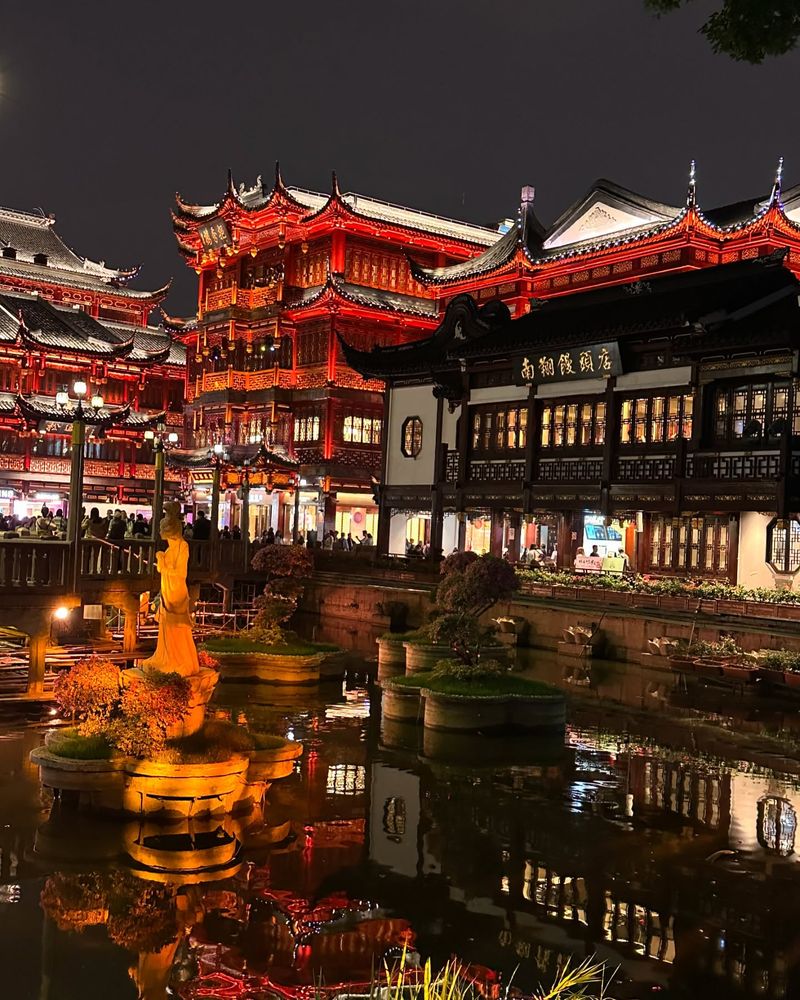Some places feel too beautiful to be real—and these botanical gardens are proof. Overflowing with rare blooms, exotic trees, and jaw-dropping landscapes, these 20 gardens look like scenes straight out of a fantasy novel.
Each one offers a dreamy escape into nature’s most magical side, where reality fades and wonder takes root.
1. Keukenhof Gardens, Netherlands
Seven million spring-flowering bulbs burst into a rainbow of colors each year across this 79-acre seasonal wonderland. Tulips in every imaginable hue create rivers of color flowing through meticulously planned landscapes.
Only open eight weeks annually, this ephemeral paradise features themed gardens, artistic flower arrangements, and winding paths through woodland areas. The famous Dutch bulb growers showcase their finest varieties here, creating a living catalog of tulips, daffodils, hyacinths and other spring bloomers.
2. Butchart Gardens, Canada
Born from an exhausted limestone quarry, this garden represents one of history’s most beautiful reclamation projects. Jennie Butchart transformed industrial wasteland into the stunning Sunken Garden over a century ago, creating a horticultural legacy that continues to evolve.
Five distinct garden areas showcase different themes, from the formal Italian Garden to the tranquil Japanese Garden. Seasonal displays ensure the gardens remain vibrant year-round, with summer fireworks, spring tulips, autumn colors, and winter’s subtle beauty all celebrated.
3. Kenrokuen Garden, Japan
Considered one of Japan’s three perfect landscape gardens, Kenrokuen achieves harmony through careful balance of six essential elements: spaciousness, seclusion, artifice, antiquity, water features, and panoramas.
Snow-laden trees supported by traditional yukitsuri rope structures create winter magic unlike anywhere else. Cherry blossoms transform spring views, while ancient pines provide year-round character. The garden’s 17th-century origins reveal themselves through weathered stone lanterns and the oldest fountain in Japan, powered entirely by natural water pressure.
4. Nong Nooch Tropical Garden, Thailand
Palm-lined boulevards lead to specialized gardens celebrating both Thai cultural heritage and global botanical treasures. The French garden section offers meticulous topiary work that rivals Versailles, while the cactus and succulent collections showcase desert adaptations in artistic arrangements.
Daily cultural performances add human artistry to complement the botanical displays. The cycad collection stands as one of the world’s most significant, preserving ancient plant species that have existed since dinosaur times in a setting that feels both prehistoric and carefully designed.
5. Las Pozas, Mexico
Surrealist artist Edward James created this concrete dreamscape in the Mexican jungle, building towering structures that blend architecture and sculpture. Unfinished staircases lead to nowhere, concrete flowers bloom larger than life, and buildings seem to grow organically from the forest floor.
Natural waterfalls and pools (las pozas) intertwine with the constructed elements, creating a dialogue between human imagination and natural beauty. Orchids and other tropical plants reclaim portions of the structures, blurring boundaries between art and nature in this extraordinary 80-acre surrealist playground.
6. Villa d’Este, Italy
Renaissance grandeur reaches its peak in this 16th-century garden famous for its spectacular use of water. Without using pumps, the designers created hundreds of fountains, from musical water organs to the magnificent Avenue of a Hundred Fountains.
Terraced gardens descend the hillside, offering increasingly dramatic views. The Oval Fountain creates a peaceful centerpiece surrounded by ancient cypress trees. The genius of hydraulic engineering combines with artistic vision to create a garden that has influenced landscape design for centuries while still maintaining its power to astonish modern visitors.
7. Kirstenbosch National Botanical Garden, South Africa
Nestled against the eastern slopes of Table Mountain, this garden showcases South Africa’s incredible floral diversity against a dramatic backdrop. The protea garden displays the national flower and its relatives in all their exotic splendor.
A treetop canopy walkway (nicknamed the “Boomslang” after a local snake) winds through the arboretum, offering aerial views of the gardens and mountains beyond. The conservatory houses plants from different regions of South Africa, while outdoor sections represent distinct biomes, from forest to fynbos.
8. Majorelle Garden, Morocco
Electric cobalt blue buildings create a striking contrast against lush plantings in this Marrakech oasis. Fashion designer Yves Saint Laurent saved this garden from development and added his artistic touch to the already unique vision of painter Jacques Majorelle.
The garden’s bold color scheme extends beyond the famous blue to include vibrant yellows, oranges and greens. An impressive collection of cacti and exotic plants from five continents thrive in this desert climate. Bubbling fountains and serene pools provide cooling respite from Moroccan heat.
9. Brooklyn Botanic Garden, USA
Cherry blossom season transforms this urban sanctuary into a pink-hued wonderland that rivals Japan’s famous displays. The Japanese Hill-and-Pond Garden, created in 1915, remains one of the oldest and most authentic Japanese gardens outside Japan.
A world-class bonsai collection showcases living sculptures, some over a century old. The garden’s location in the heart of Brooklyn creates a particularly magical contrast – stepping through the gates feels like being transported from city streets to a natural paradise in just a few steps.
10. Jardim Botânico de Curitiba, Brazil
French-inspired formal gardens create geometric patterns of colorful flowers that change with the seasons. The massive greenhouse, modeled after London’s Crystal Palace, gleams like a jewel among the greenery with its metal frame and glass panels.
Native Brazilian plants mix with international species to create a botanical journey through different ecosystems. At night, subtle lighting transforms the garden into an enchanted space where the greenhouse glows like a lantern. The garden serves as both Curitiba’s postcard image and a living laboratory for plant conservation.
11. Powerscourt Gardens, Ireland
Emerald green lawns roll down toward Sugar Loaf Mountain in this grand Irish estate that blends formal gardens with wild natural beauty. The 18th-century design includes Italian and Japanese gardens alongside distinctly Irish elements.
Ancient beech trees create living corridors, while the Pepperpot Tower adds whimsical architecture to the landscape. The pet cemetery reveals touching tributes to beloved animals who once roamed these grounds. Seasonal changes bring dramatic transformations, with spring rhododendrons, summer roses, and autumn’s fiery display of Japanese maples.
12. Longwood Gardens, USA
Once the private estate of industrialist Pierre du Pont, this Pennsylvania treasure features one of the world’s greatest collections of fountains. The Main Fountain Garden recently underwent a $90 million renovation, creating water displays that combine historic charm with cutting-edge technology.
The conservatory houses 4,600 different plants in various themed rooms, including a Mediterranean garden and tropical rainforest. Seasonal displays transform the gardens throughout the year, from spring bulbs to summer waterlilies to the winter wonderland of half a million lights during the holiday season.
13. Claude Monet’s Garden at Giverny, France
Walking through the garden that inspired Monet’s famous water lily paintings feels like stepping into living artwork. The Japanese-inspired water garden features the iconic green bridge, weeping willows, and water lilies floating on the reflective pond surface.
The flower garden near the house bursts with color from simple flowers planted in seemingly casual but carefully planned arrangements. Nasturtiums spill across pathways while roses climb over arches. Monet designed this garden as both a personal paradise and a subject for his revolutionary paintings.
14. Huntington Botanical Gardens, USA
Sixteen themed gardens spread across 120 acres create distinct worlds within this Southern California oasis. The Japanese Garden centers around a moon bridge and traditional buildings, while the Desert Garden contains one of the world’s largest collections of cacti and succulents.
The Chinese Garden, known as the Garden of Flowing Fragrance, features pavilions, bridges and a lake designed according to ancient principles. Art and literary collections housed in the property’s buildings complement the botanical treasures, creating a unique blend of cultural and natural heritage.
15. Monte Palace Tropical Garden, Portugal
Perched high above Funchal in Madeira, Monte Palace Tropical Garden is a lush paradise that enchants every visitor. As you wander along its winding paths, you’ll discover an array of exotic plants and tranquil koi ponds. Each corner offers a new surprise, from exquisite sculptures to panoramic views of the Atlantic Ocean.
A unique feature of this garden is its rich collection of tile panels, which tell fascinating stories of Portuguese history. The garden’s diverse flora, combined with its serene atmosphere, make it an enchanting escape from the everyday world. Don’t miss the stunning Japanese garden area, with its delicate bridges and peaceful waterfalls.
Monte Palace is not only a feast for the eyes but also a journey into cultural heritage, blending nature and art in harmonious beauty.
16. Singapore Botanic Gardens, Singapore
As the only tropical garden recognized as a UNESCO World Heritage Site, this 160-year-old institution balances scientific importance with accessible beauty. The National Orchid Garden houses over 1,000 species and 2,000 hybrids, including flowers named after visiting dignitaries.
Ancient rain trees spread massive canopies over green lawns where families picnic and musicians perform. The Evolution Garden takes visitors through time from prehistoric plants to modern species. Despite being surrounded by a bustling city, the gardens maintain tranquil spaces where monitor lizards and otters can sometimes be spotted.
17. Versailles Gardens, France
The ultimate expression of formal French garden design stretches across nearly 2,000 acres of geometric perfection. André Le Nôtre created this masterpiece for Louis XIV, using forced perspective to make the Grand Canal appear longer than its already impressive one-mile length.
Hundreds of fountains and statues punctuate the landscape, while meticulously trimmed hedges create outdoor rooms and corridors. The garden’s scale and precision symbolized the king’s absolute power over nature itself. Even today, the twice-weekly musical fountain shows demonstrate the engineering marvel of the hydraulic systems.
18. Kew Gardens, England
Home to the world’s largest collection of living plants, this UNESCO site combines scientific importance with breathtaking beauty. The Palm House, a magnificent Victorian glasshouse, creates a steamy tropical environment where rare palms reach toward the soaring glass ceiling.
The Treetop Walkway offers a bird’s-eye view of the arboretum, while the Princess of Wales Conservatory houses ten different climate zones. The recently restored Temperate House, the world’s largest Victorian glasshouse, showcases rare and threatened plants from temperate regions around the globe.
19. Nymphenburg Palace Garden, Germany
Baroque formality meets English landscape style in this royal garden outside Munich. The central canal creates perfect symmetry leading from the palace, while side areas feature naturalistic woodland designs with meandering paths.
Hidden pavilions reveal themselves to explorers who venture away from the main axis. The Amalienburg, a rococo hunting lodge covered in mirrors, stands as one of Europe’s most exquisite small palaces. Ancient trees provide living connections to the garden’s 17th-century origins when it was created as a summer retreat for Bavarian royalty.
20. Yu Garden, China
Ancient Chinese garden design principles come alive in this 400-year-old masterpiece tucked within Shanghai’s urban landscape. Five-ton rocks create miniature mountains that appear taller through clever placement and proportion, demonstrating the art of borrowed scenery.
Dragon walls, moon gates, and zigzag bridges connect different garden rooms while keeping evil spirits at bay according to traditional beliefs. The Exquisite Jade Rock, pierced with 72 holes, whistles when wind passes through. Despite covering only five acres, the garden creates an illusion of endless space through carefully framed views.

